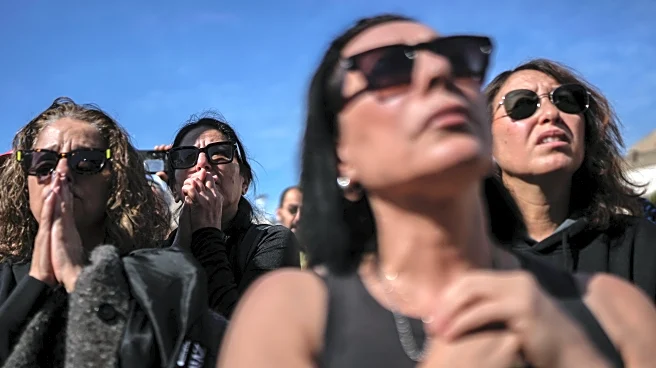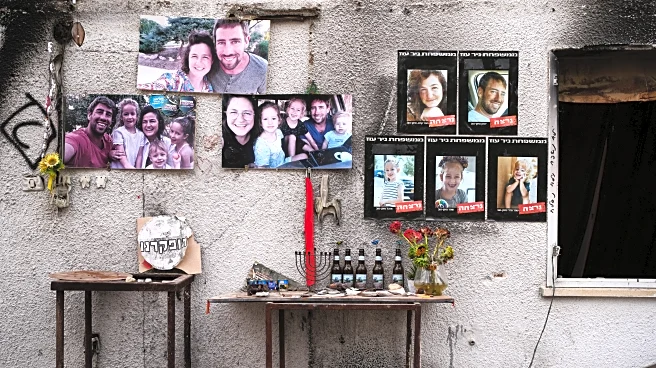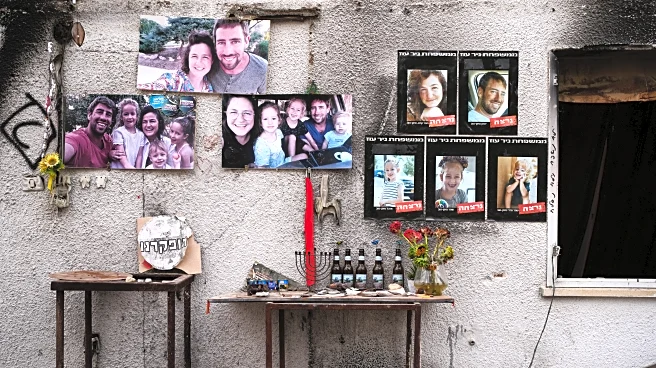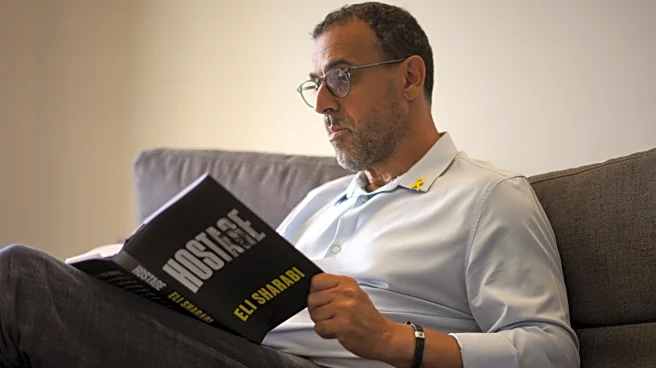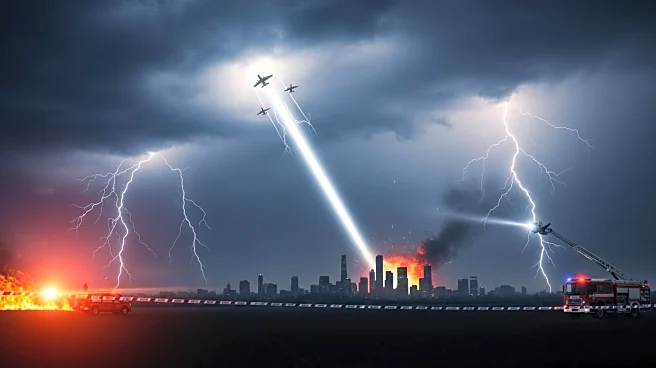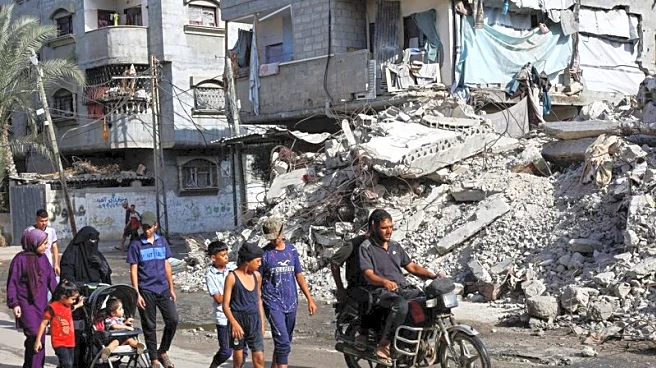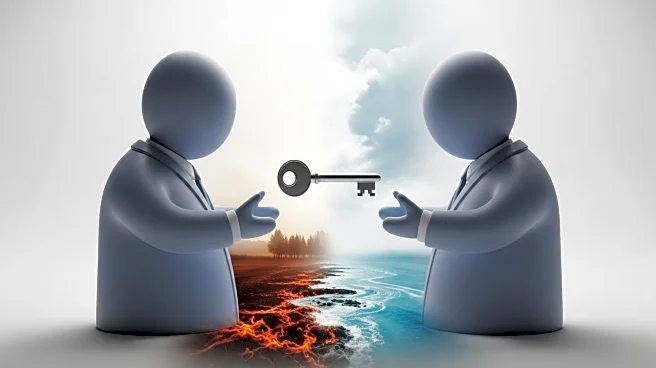What's Happening?
The ongoing conflict between Israel and Hamas in Gaza has resulted in significant humanitarian concerns, with over 67,000 Palestinians reported killed, according to Gaza’s Health Ministry. The conflict began two years ago when Hamas-led militants launched an attack on Israel, leading to a prolonged war. The Associated Press has documented the devastation through a series of photographs, capturing the impact on both Israeli and Palestinian civilians. The images depict the aftermath of airstrikes, funerals, and the daily struggles of those affected by the conflict. The war has also seen the abduction of 251 individuals, with 48 still believed to be held in Gaza. The conflict has led to widespread displacement, with many Palestinians forced to flee their homes multiple times.
Why It's Important?
The conflict has had a profound impact on the region, exacerbating humanitarian issues and drawing international attention. The high number of casualties, particularly among women and children, highlights the severe human cost of the conflict. The ongoing violence has strained international relations and prompted calls for a ceasefire and humanitarian aid. The situation has also raised questions about the broader implications for peace and stability in the Middle East. The humanitarian crisis in Gaza, including reports of famine and malnutrition, underscores the urgent need for international intervention and support.
What's Next?
The international community continues to call for a ceasefire and the release of hostages. Humanitarian organizations are working to provide aid to those affected, but access remains a challenge due to the ongoing conflict. The situation remains volatile, with potential for further escalation if a resolution is not reached. Diplomatic efforts are likely to continue, with pressure on both sides to negotiate a peaceful settlement.
Beyond the Headlines
The conflict has highlighted the ethical and legal challenges of warfare, particularly regarding the treatment of civilians and hostages. The use of military force in densely populated areas raises questions about compliance with international humanitarian law. The long-term impact on the region's socio-political landscape is significant, with potential shifts in alliances and power dynamics.


